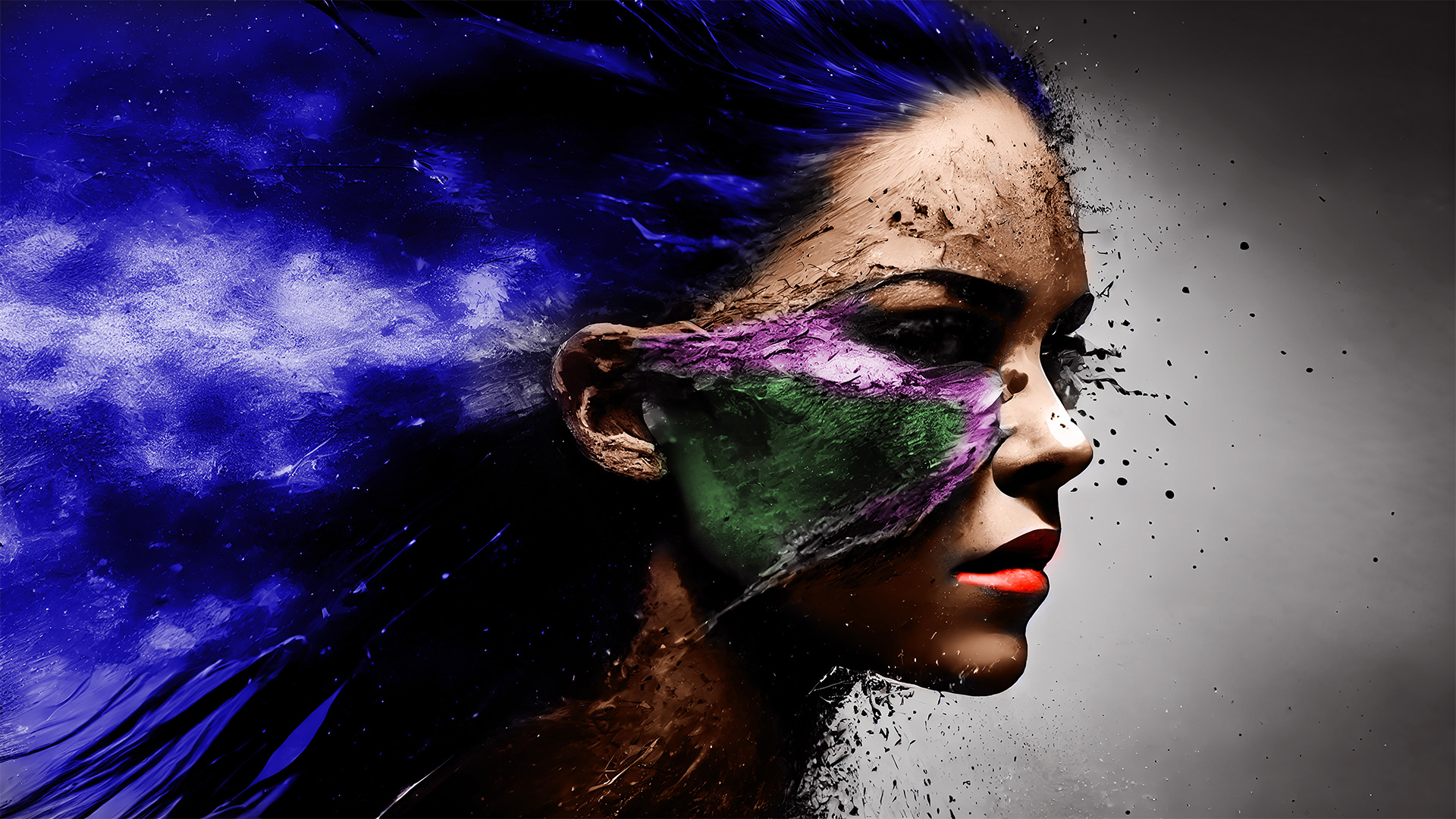
How AI Influencers are Taking Over Social Media

What is an AI Influencer?
An AI influencer is a digital persona or character created using artificial intelligence technology to engage with audiences on social media platforms. These influencers are not real people but rather computer-generated entities programmed to interact with users, share content, and promote products or services. AI influencers often have distinct personalities, styles, and interests, similar to human influencers, and they can be utilized by brands and marketers to reach and engage with target audiences in innovative ways.
How Do AI Influencers Work?
An AI influencer is a virtual personality meticulously crafted through advanced artificial intelligence algorithms and technologies. These digital entities are designed to emulate human characteristics, behaviors, and interests, thereby engaging with audiences on social media platforms in a manner akin to their human counterparts. While traditional influencers are real individuals who leverage their personal brand and social presence to connect with followers, AI influencers are entirely computer-generated entities, yet they possess distinct personalities, preferences, and voices.
AI influencers work through a combination of advanced technologies, including artificial intelligence (AI), natural language processing (NLP), machine learning (ML), and computer-generated imagery (CGI). The process of creating and operating an AI influencer involves several key steps:
- Creation and Design: AI influencers are first conceptualized and designed by teams of developers, designers, and artists. This process involves crafting the influencer's appearance, personality, interests, and backstory. Designers often draw inspiration from popular culture, fashion trends, and aesthetic preferences to ensure the influencer's appeal to their target audience.
- Programming and Algorithms: Once the design is finalized, programmers use sophisticated algorithms and machine learning techniques to bring the AI influencer to life. These algorithms simulate human-like behaviors, speech patterns, and interactions, enabling the influencer to engage with users in a natural and authentic manner. Natural language processing algorithms allow the influencer to understand and respond to user comments, messages, and queries.
- Content Creation: AI influencers generate content for their social media platforms using a combination of pre-programmed scripts, real-time data analysis, and user input. They can post photos, videos, captions, and stories tailored to their target audience's interests, preferences, and engagement patterns. Content creation may involve generating virtual environments, props, and accessories using computer-generated imagery (CGI) techniques.
- Engagement and Interaction: AI influencers actively engage with their followers through likes, comments, replies, and direct messages. They use natural language processing algorithms to understand user input and generate appropriate responses based on predefined parameters and scripts. AI influencers strive to create authentic and meaningful interactions with their audience, fostering a sense of connection and community.
- Brand Collaborations and Partnerships: Like human influencers, AI influencers collaborate with brands and advertisers to promote products, services, and campaigns to their followers. Brands may pay AI influencers for sponsored content, endorsements, or brand partnerships, leveraging their reach, engagement, and credibility to drive sales and brand awareness.
- Monitoring and Optimization: AI influencer campaigns are continuously monitored and optimized based on performance metrics such as engagement rates, follower growth, and audience demographics. Developers analyze data to identify trends, preferences, and areas for improvement, refining the influencer's persona and content strategy to maximize effectiveness and ROI.
Overall, AI influencers leverage advanced technologies to create compelling content, engage with followers, and collaborate with brands in ways that mirror human influencers. While they may lack the physical presence and authenticity of their human counterparts, AI influencers offer unique opportunities for creativity, innovation, and brand engagement in the digital age.
Semantic Evolution in Influencer Marketing
Originally, influencers were individuals with large followings on social media platforms who could sway consumer behavior and opinions through their endorsements and recommendations. However, as the field of influencer marketing has evolved, so too has the understanding of what constitutes an influencer.
One aspect of semantic evolution in influencer marketing is the recognition of micro-influencers. These individuals may have smaller followings compared to macro-influencers, but they often possess highly engaged and niche audiences. Brands have increasingly turned to micro-influencers to promote their products or services, recognizing the potential for authentic connections and higher conversion rates within these specialized communities.
Another facet of semantic evolution is the rise of AI influencers. These digital personas, created using artificial intelligence and computer-generated imagery, have emerged as a novel approach to influencer marketing. While they lack the human authenticity of traditional influencers, AI influencers offer brands unparalleled control over messaging, aesthetics, and brand alignment. Additionally, they can operate 24/7 and across multiple languages and time zones, expanding the reach and impact of influencer campaigns.
Semantic evolution in influencer marketing also encompasses the diversification of influencer types beyond individuals. Brands have begun collaborating with virtual influencers, fictional characters, and even animals to convey their messaging and connect with audiences in new and unconventional ways. These non-human influencers leverage storytelling, humor, and relatable content to engage with followers and drive brand awareness.
Moreover, semantic evolution in influencer marketing extends beyond social media platforms to include other channels and mediums. Influencers can now be found in podcasts, live streams, virtual reality experiences, and gaming platforms, reflecting the changing habits and preferences of consumers. Brands are exploring innovative ways to integrate influencer partnerships into these diverse channels to reach and engage with their target audiences effectively.
Overall, semantic evolution in influencer marketing reflects a broader understanding of influence and its manifestations in the digital age. As the landscape continues to evolve, brands and marketers must adapt their strategies to leverage the full spectrum of influencer opportunities, from micro-influencers and AI personas to unconventional content formats and distribution channels. By embracing semantic evolution, brands can stay ahead of the curve and connect with audiences in meaningful and impactful ways.
